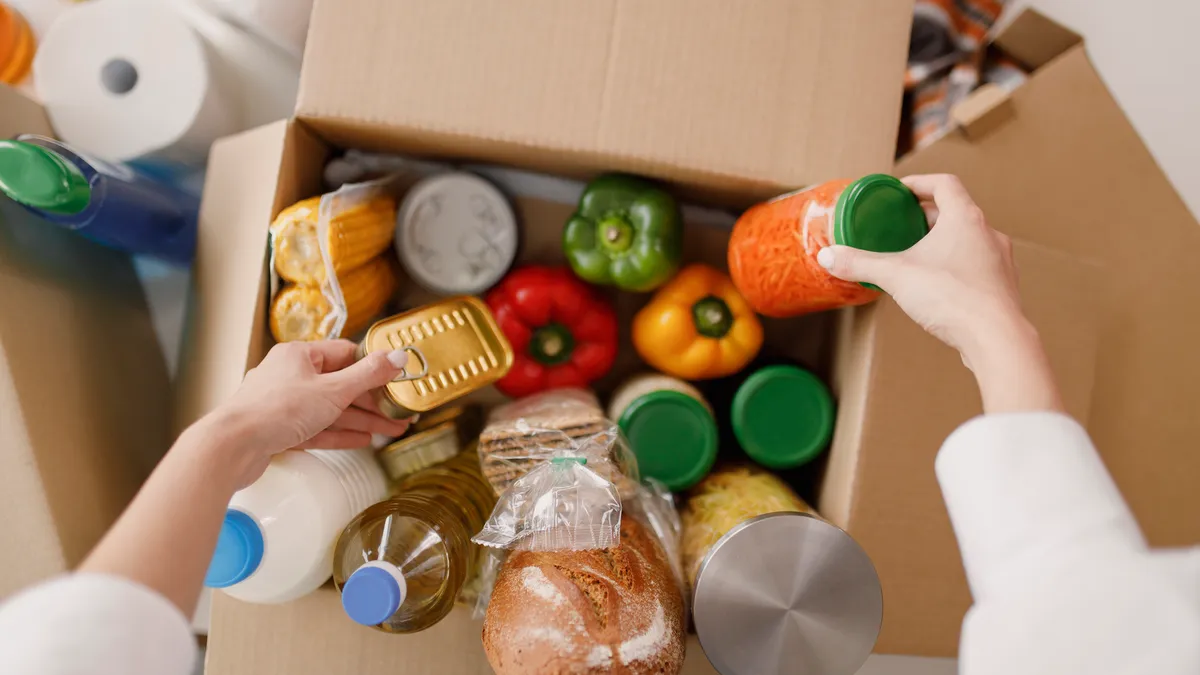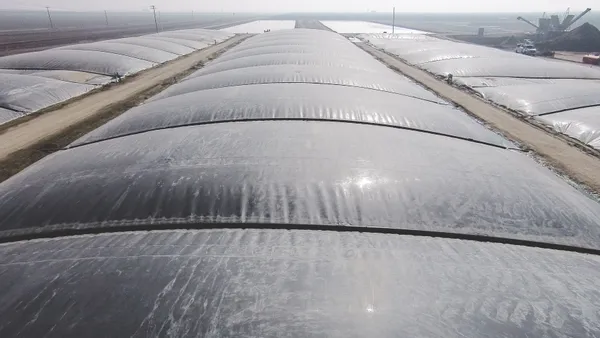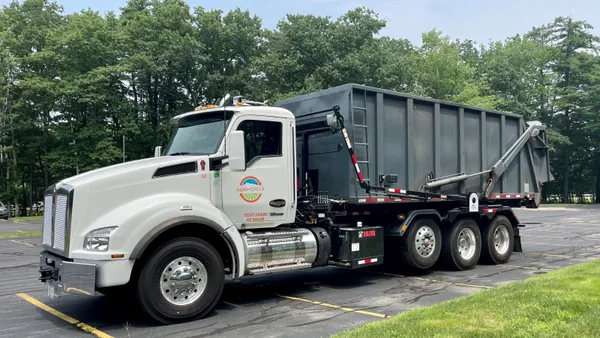A report from the Pacific Coast Food Waste Commitment found that the public-private partnership’s signatories collectively lowered their unsold food rates by 28% between 2019 and 2022, reducing the tonnage of wasted food in the region by 24.8%, or nearly 190,000 tons. Those participants include the West Coast operations of Albertsons, Kroger, Walmart, Fresh Del Monte, Aramark, Sodexo and others.
The findings point to the successes of a program designed to address food loss and waste across the supply chain with an emphasis on source reduction, a priority that the U.S. EPA continues to emphasize in its messaging on sustainable materials management.
“This is hands-down the largest progress in reducing food waste that we have ever seen reported,” Dana Gunders, executive director of ReFed, said during a webinar discussing the report Tuesday. "This is a really big deal.”
The report, published April 4, drew together high-level takeaways on how grocers, suppliers, growers and other food stakeholders were improving food loss metrics across their supply chains, breaking down data by grocery department and end-of-life destination. The PCFWC was first organized through outreach from state, provincial and local governments to private businesses to meet the EPA’s goal to halve food loss and waste by 2030.
Since 2019, the report found a 28% increase in unsold food going to composters and a 20% increase in unsold food getting donated. Anaerobic digestion also continues to be a common destination for unsold food on par with donation, though the proportion of unsold food it's seen has remained roughly level over the past four years.
The percentage of food going to landfills or unknown destinations was 46% combined, though those numbers fluctuated year over year based on how much data the report's authors were able to capture, Jackie Suggitt, ReFed's director of capital, innovation and engagement said on the call.
The purpose of the report is to help stakeholders identify which practices are working and how they can make the most impact on their food waste. Toward that end, it also breaks down food loss by grocery department to identify where grocers can make the greatest impact.
Suggit said that focus enhances not just grocers’ bottom line but the climate benefits of addressing food loss and waste as well. She noted that about 94% of all emissions from food waste occur upstream before the material reaches a landfill or other disposal option.
“We really try to lean prevention-heavy and start adjusting this before we have to start discussing other destinations,” Suggit said.
The climate impact of the PCFWC's efforts was significant — the report charted a savings of 2.6 million metric tons of carbon dioxide equivalent and 141 billion gallons of water over the four-year study period. Those savings meant a 30% decrease in the carbon footprint and a 37% decrease in the water footprint of unsold food.
Despite the progress made via the PCFWC's voluntary nature, Gunders said ReFed remains a strong supporter of organics diversion laws across the country. She noted that while the stakeholders in the PCFWC represented about half of the regional grocery market share across member jurisdictions, that still left another 50% of businesses that had yet to realize the benefits of implementing those best practices.
"We really think that those types of policies are a critical part of progress on this because they reach everyone," Gunders said. "There's a long tail of businesses that are harder to reach."
While the PCFWC is a regional body, ReFed, the World Wildlife Fund and other partner organizations have looked to take the strengths of that partnership and expand. Last year, they launched the U.S. Food Waste Pact committing national leaders to meet the EPA’s 2030 goal. On Tuesday, they said they hoped the takeaways from the report could be applied nationally to ensure continued progress toward that goal.
“Food waste often doesn't have a single owner, or a person who is accountable on their own across the food business,” Suggit said. “The solutions are many.”











